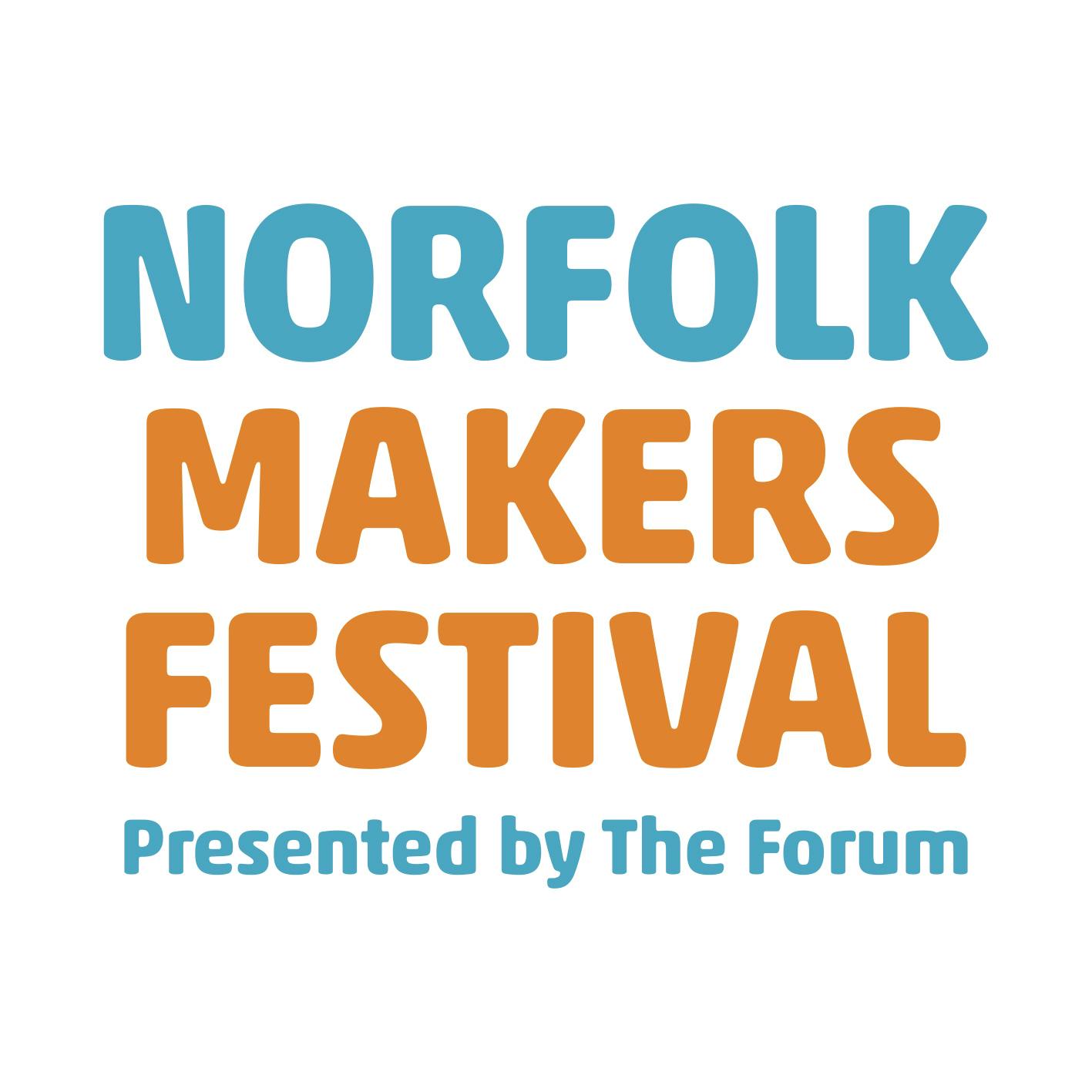- Home
- Makers' Stories
- Julia Triay
Julia Triay
Julia Triay is a printmaker who specialises in linocut
What is it about your making skill that makes you enjoy it so much?
I am a printmaker working with linocut. Some people might think that with lino it takes a lot of time and effort to create a single image, but to me that image will be incredibly versatile and completely unique every time I print it. With lino I get to reproduce the same image multiple times, on different surfaces and materials, using different colours and even though it’s the same image, it will always be unique due to the imperfections of hand printing, the different textures and backgrounds will give it a new narrative, I can create different paces, rhythms and movement with repeat patterns or the placement of the print on the page… the options are never-ending which is why I enjoy lino printing so much.
What does it mean to you personally and the way you live your life?
Lino has allowed me to create accessible and affordable eco friendly art, all of which are very important values to me. I believe art is a great tool for education and it has always helped me since I’m quite a visual learner. I like to use my art as a platform to educate about eco friendly alternatives for printmaking art supplies. It has been a great tool to educate myself and others on different kinds of fauna and flora that I am interested in including endangered species such as the importance of moths as pollinators. It is very important to me making art accessible and affordable, with linocut I get to print from my studio at home and easily make multiples of my artworks, making it more affordable. And by sharing my work via social media and events like the Festival, allows me to give great accessibility to my work and my values.
What has been your greatest making achievement?
One of my making achievements I’m the most proud of is a project I did for the Broads Authority. They commissioned me to create a set of 20 lino stamps of the fauna and flora of the Norfolk broads that we used during a set of workshops at How Hill Family Fun Day, where kids got to stamp their own book or poster on the animals and plants they had seen on their day on the broads. I had so much fun because I got to learn about the local ecosystem while managing the challenge of making 20 high detailed hand carved stamps.
What is your favourite piece of equipment and why?
My favourite piece of equipment are my carving tools without a doubt. I have a selection of gouges that I hold very dearly to my heart. Some where gifted to me by my university tutor who became my mentor on linocutting. Some where given to me by a friend who taught me how to do lino for the very first time and some where a gift from my mum from a trip to Japan, where woodcutting is a traditional technique that fascinates me. They all create unique marks and cuts that I know I wouldn’t be able to achieve with brand new equipment.
What is your favourite making website or blog and why?
It’s nice that is a great website where you can find an extent variety of blogs and news on different contemporary creatives in a big range of creative fields. It’s a great platform to stay in touch with the current art scene in various fields, plus they provide great creative job opportunities all over the country through their employment platform ‘If you could’.
Why do you like being part of the Festival?
I believe art is to be shared and accessible, which is why I am so excited to be a part of the Festival. I look forward to seeing how visitors will interact with my lino stamps and the compositions they will create. I am also excited to see if visitors will apply the skills they have learnt from other makers in the festival into my workshop and vice versa. I believe that could create some very interesting outcomes.
What is your advice to a complete beginner who wants to have a go at your craft?
To a complete beginner I would recommend to not overcomplicate a design. With lino cut once you cut a piece out there is no going back so, from personal experience, I know how frustrating it can be when you cut out the wrong part, especially after having spent hours on an intricate design. Therefore, start simple until you get comfortable with your tools and the different marks they make, experiment on a spare piece of lino all the different shapes you can make just by twisting or shaking your hand and build your knowledge from there. No matter how experienced you are, most likely you will make mistakes and accidentally cut the wrong part out, you then have two options, start over or make it work and integrate it into your design in some way! Good luck!

